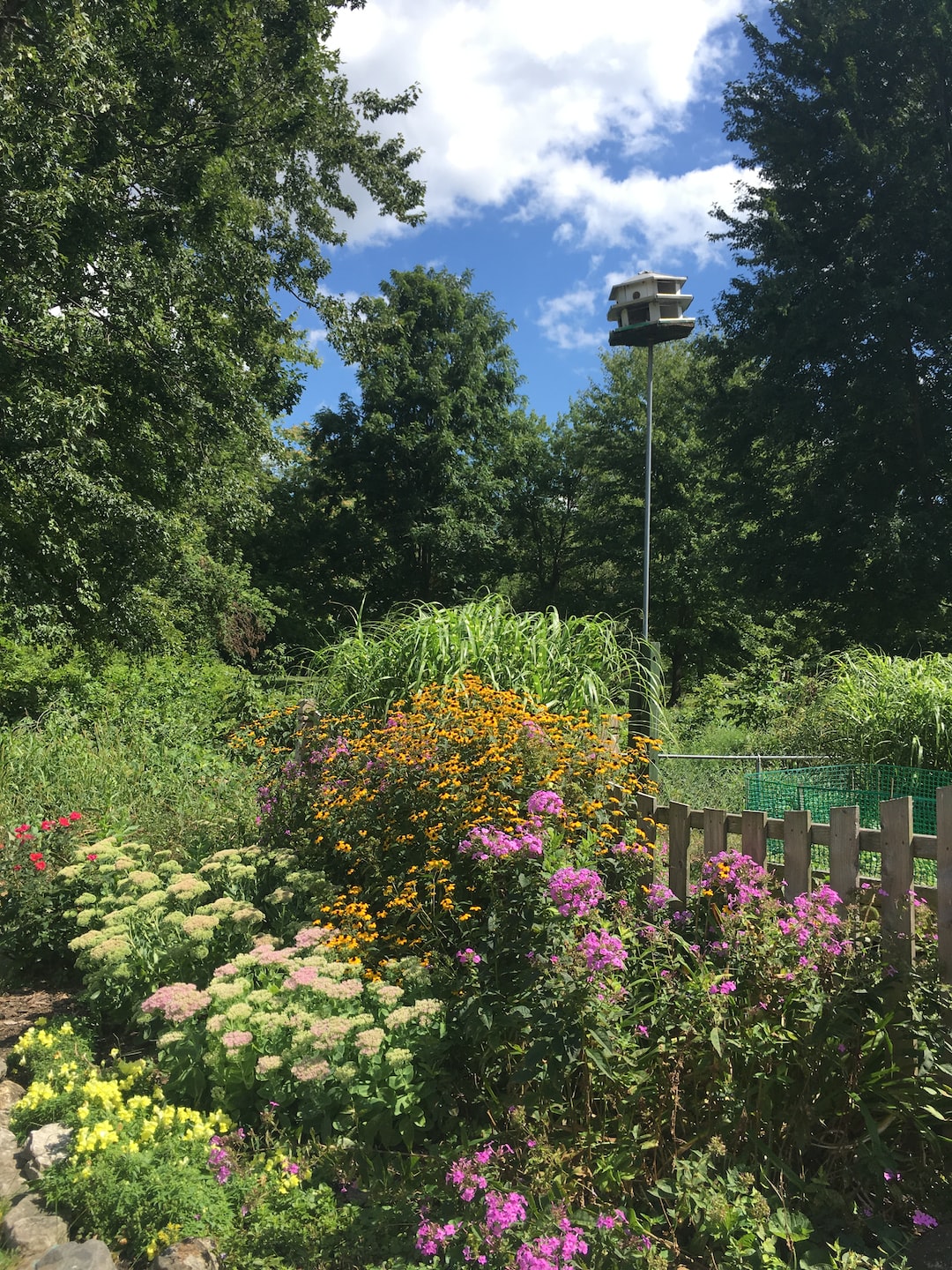Creating a Sustainable Garden with Rainwater Harvesting
In today’s world, where environmental conservation has become a top priority, there is an increasing need to find sustainable ways of living. One such way is by creating a sustainable garden with rainwater harvesting. This practice not only helps reduce our dependence on the municipal water supply but also contributes to the overall health of the planet. In this blog post, we will explore the benefits of rainwater harvesting and provide practical tips on how to create a sustainable garden using this technique.
Rainwater harvesting is the process of collecting and storing rainwater for later use. It involves the utilization of rainwater runoff from rooftops, driveways, and other surfaces to water plants, fill ponds, and perform various other outdoor tasks. By adopting rainwater harvesting techniques in our gardens, we can conserve water and alleviate pressure on natural water sources, such as rivers and lakes.
One of the primary benefits of rainwater harvesting is its eco-friendliness. Unlike municipal water supply, rainwater harvesting does not require the extensive use of energy in the treatment and distribution process. By using rainwater instead of treated water for outdoor tasks, we can reduce the carbon footprint associated with water usage significantly.
Another advantage of rainwater harvesting is its purity. Rainwater is naturally soft and free from chemicals such as chlorine or fluorine typically added during the water treatment process. This makes it an ideal choice for watering plants as it provides them with the purest form of water, allowing for better growth and overall health.
To create a sustainable garden with rainwater harvesting, here are some practical tips to get you started:
1. Install rain barrels or cisterns: These storage containers can be placed under downspouts to collect rainwater from rooftops. Make sure to use a screen or mesh over the openings to prevent debris from entering. This collected rainwater can be used to water your plants during dry periods.
2. Direct rain gutters to garden beds: Instead of letting rainwater flow into drains or sewers, redirect it to your garden beds. By using gutters and pipes, you can channel rainwater directly to the root zones of plants. This not only ensures efficient water usage but also reduces erosion and runoff.
3. Use permeable surfaces: Opt for permeable materials for your garden paths and driveways. This allows rainwater to penetrate the soil and replenish groundwater, preventing wasteful runoff and minimizing the need for irrigation.
4. Design a rain garden: A rain garden is a specially designed area that captures and absorbs rainwater runoff. By planting native species and utilizing natural depressions, rain gardens can help filter and clean rainwater before it reaches natural water sources.
5. Implement a drip irrigation system: Drip irrigation is an efficient method of watering plants that delivers water directly to the root zone via slow-dripping emitters. By utilizing rainwater collected from your rain barrels or cisterns, you can ensure that your plants receive the necessary moisture without wastage.
6. Be mindful of water usage: Conserving water goes hand in hand with rainwater harvesting. Implement practices such as mulching to reduce evaporation, grouping plants according to their water needs, and watering during cooler hours of the day to maximize water efficiency.
By adopting rainwater harvesting techniques in our garden, we can actively contribute to the preservation of natural resources while enjoying a lush and vibrant outdoor space. Whether you choose to start small with a rain barrel or design an entire rain garden, every effort counts towards creating a sustainable future. Make the most of the rain that nature provides, and let your garden thrive while doing your part for the environment.

